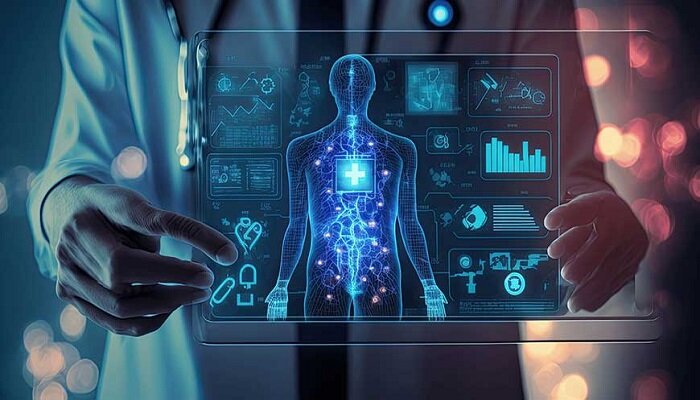It’s very possible that as technology advances, patient outcomes and general healthcare efficiency will get even better. This could lead to a future where medical care is easier to get, more accurate, and focused on the patient.
Rapid progress in medical technology has completely changed healthcare, making doctors much more effective and better patient outcomes. Doctors can make more accurate diagnoses, give better treatments, and give more personalized care thanks to advances in medical equipment and diagnostic tools.
Minimally Invasive Surgery: New medical devices have changed the way minimally invasive surgery is done. For example, robotic-assisted surgery helps doctors be more precise, skilled, and in charge. Robotic surgical systems use a minimally invasive method that lets even the most complicated procedures be done through very small cuts. This means that patients feel less pain, stay in the hospital shorter, and heal faster. Also, the creation of endoscopic and laparoscopic instruments has cut down on the need for open surgeries, which means fewer injuries and faster healing.
Telemedicine and Digital Health: Putting medical devices together with telemedicine systems has made healthcare more accessible, especially in places that don’t get enough care. Telemedicine has made it possible for people to see specialists, get follow-up care, and get medical tests from afar. Digital stethoscopes, otoscopes, and handheld imaging devices can send high-quality audio and video data, which lets doctors do full exams from afar. During the COVID-19 pandemic, this new idea was especially helpful because it made sure that care would continue while lowering the risk of infection.
Diagnostic Accuracy: Improving diagnostic accuracy is one of the most important things that new medical devices have done. High-resolution MRI and CT scanners and other new imaging tools have given doctors more clarity and detail than ever before. These gadgets help find sicknesses early, so they can be treated quickly and the patient’s outlook is better. Also, portable ultrasound machines have gotten smarter and can now provide high-quality images right at the patient’s bedside, which is especially helpful in emergency situations and places that are far away.
Wearable Tech and Remote Monitoring: Wearable tech and remote monitoring devices have made it possible for doctors to keep an eye on their patients’ health all the time. This real-time data collection makes it easier to take charge of long-term conditions, move quickly, and make personalized treatment plans. For instance, continuous glucose monitors have changed how diabetes is managed by giving real-time glucose data that make control better and lower the risk of complications.
Computer Science and Machine Learning: Computer science (AI) and machine learning (ML) are making big steps forward in medical systems. A lot of information from diagnostic tests, imaging studies, and electronic health records can be used by AI algorithms to find trends and make predictions. For example, radiographs can show problems very accurately when AI-powered imaging analysis finds them. This helps doctors find diseases like cancer early.
In conclusion
Medical gadget innovations are always making doctors better at what they do, so they can give more precise, effective, and personalized care. From wearable tech and AI-powered data to advanced diagnostics and minimally invasive surgeries, these innovations change how healthcare is delivered and how doctors practice medicine. These medical devices help doctors diagnose, treat, and keep an eye on their patients more correctly and quickly, which improves the health of their patients. It’s very possible that as technology advances, patient outcomes and general healthcare efficiency will get even better. This could lead to a future where medical care is easier to get, more accurate, and focused on the patient.


















